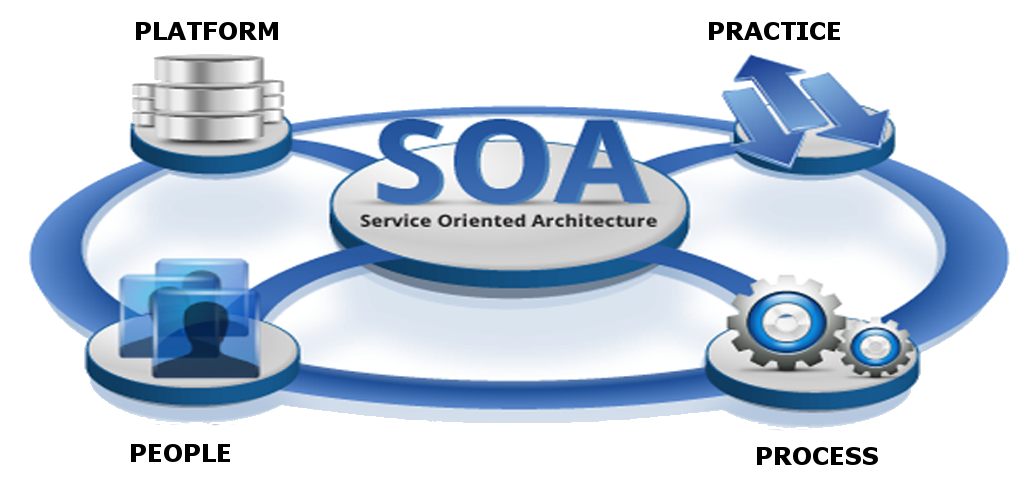The last decade has given us countless new innovations that have changed our technology-aligned lives tremendously. With the advent of GPS, mobile devices, mobile applications, social media, cloud services and much more, our communication patterns have changed as well.
Businesses face a big challenge in coping with changing economies and technologies. New systems that are designed today may not be enough to cater to the business needs of the very near future. Open source technologies release newer versions frequently, each boasting of significant improvement over its previous version.
It is very important to have a strong systems architecture to survive these changes. The architecture needs to be flexible and scalable to provide future-proof systems.
Service-oriented Architecture (SOA) has emerged to be a very popular architectural pattern to address these issues. The basic premise of SOA is of implementing loosely coupled services.
Every single service is designed to perform one or a collection of related service operations. It includes a re-usable piece of code that could be used throughout an application to perform different business operations, even by grouping it with other services.

SOA is based on following basic principles
- Service composition: Services can be combined to perform a business operation.
- Service orchestration: A business workflow can be defined using a set of services and a business process rules engine. It could be a workflow that requires manual intervention or a completely automated one.
- Service virtualization: Services could be defined to emulate certain assets (physical or logical) to satisfy a business need.
- Technology-agnostic services: Services should be independent of the underlying implementation technology. A service written in .NET should be able to communicate with a JAVA-based service in this architecture.
- Message based invocation: A service cannot invoke another service directly. The communication should always be conducted over a messaging system. This process also ensures secure data delivery.
Adopting SOA helps in delivering highly scalable solutions. Incorporating changing business needs is fairly easy with its plug-in architectural pattern. SOA speeds up custom application development with improved data integration.
From a business perspective, SOA offers more effective integration with business partners. It helps to reuse existing assets, thereby reducing time to market. SOA also provides a platform to align business with IT.
Whether you are architecting a new solution or re-designing existing ones, there are certain guidelines for adopting SOA
- SOA demands significant collaboration between business and IT. It is very important to understand the overall picture, both from IT and business perspective. Businesses have to first understand the concept of a business service and then derive IT services from it. Failing to do so may result in a solution having a lot of redundant services.
- The size of the solution is very critical. It is always advisable to implement the solution in increments rather than going with a big bang approach.
- It is also very important to evaluate the design approach – top-down or bottom-up. There might be instances where a mix of both approaches might be the best approach to design the system correctly.
SOA solution vendors mostly offer a range of services, like Service enablement and Service migration, based on Service-oriented Architecture. Vendors like eInfochips provide SOA-based solutions for cloud enablement, REST API provisioning, data migration and integrating with legacy systems to name a few.












